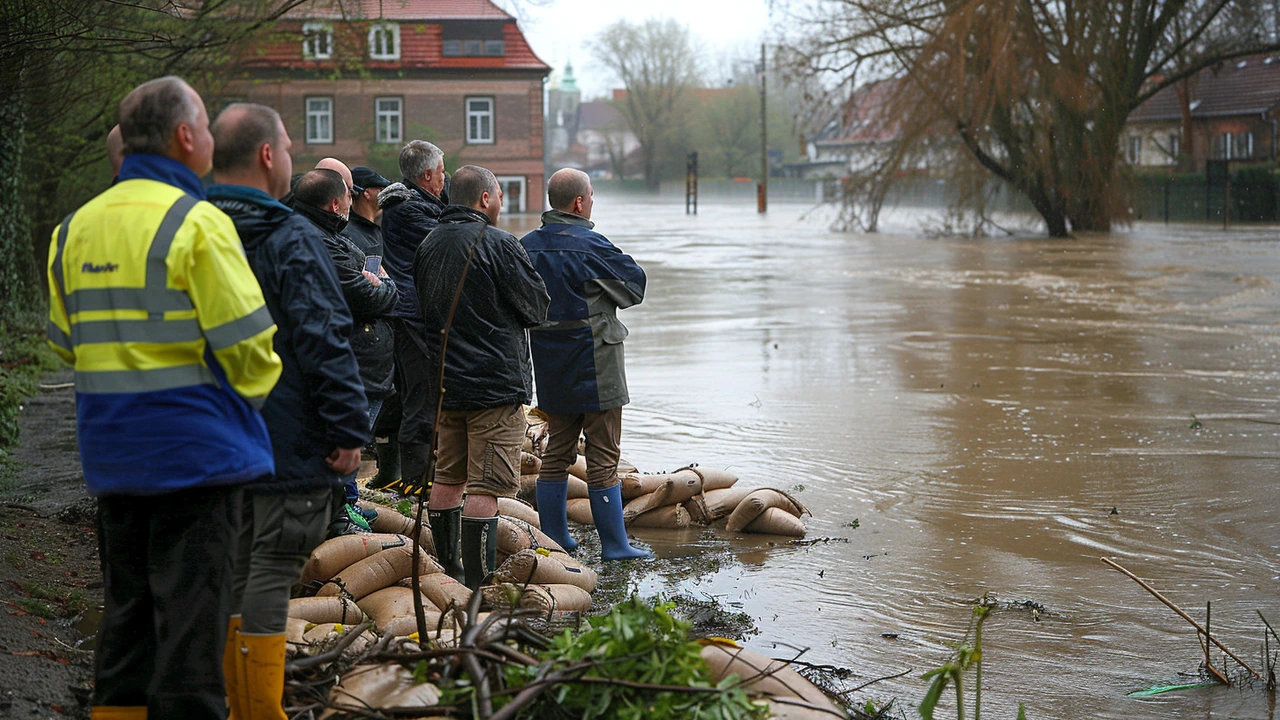Water Levels Rise: What You Need to Know Now
Rising water levels are showing up across rivers, coasts, and cities in Africa more often. You might notice higher tides, faster river flow after rain, or puddles that don't drain. That sounds small until your home, crops, or roads are at risk. This guide tells you quick, practical steps to stay safe and protect what matters.
What's causing the rise? Short answer: weather and human changes. Heavy rains, storms, and melting in distant places push water into rivers and seas. At the same time, land-use changes, blocked drains, and coastal development make flooding worse. Climate change makes extreme events more likely, but local fixes can still help.
Immediate steps to take
If you spot rising water near you, act fast. Move valuables and documents to higher shelves. Unplug electronics and raise furniture if possible. Check your emergency kit: water, torch, phone power bank, basic meds, cash. Plan a safe exit route and tell family where you will meet. Avoid walking or driving through floodwater — six inches can knock you down, and a foot can float a car.
Watch official sources for alerts. Local meteorological agencies, municipal pages, and community WhatsApp groups often share timely warnings. Follow instructions from authorities about evacuation or sheltering in place. If warnings are unclear, choose the safer option: move to higher ground or a sturdy building.
Protecting your home and property
Small changes can reduce damage. Clear gutters and storm drains regularly. Seal low walls and install simple barriers like sandbags or water-filled tubes at doors. Raise electrical sockets and fuse boxes where possible. Store seeds and livestock feed above expected water levels. Take photos of your property and keep copies of insurance documents in a waterproof bag or cloud storage.
Think long term too. Planting trees and restoring wetlands nearby slows runoff. Work with neighbors to keep drains clear and report blocked culverts to local authorities. If you're a farmer, consider moving nurseries and young stock to higher ground during rainy seasons. For businesses, a basic continuity plan that lists critical contacts, backups, and a simple shutdown routine can save money and time.
Who can help? Local disaster offices, community leaders, and NGOs often run awareness campaigns and offer small grants for flood-proofing. Insurance can help but check exclusions and excesses carefully. For urgent rescues, call emergency services and give clear location details; if you can, share GPS coordinates.
Practical tools to follow: download your national weather app, sign up for SMS alerts, and add your municipality's emergency number to contacts. Keep a simple checklist by the door: torch, batteries, bottled water, blankets, copies of ID and any medicines. Practice a 5-minute evacuation drill with family twice a year regularly.
You can't control the weather, but you can reduce harm. Stay alert, make a short action plan for your household, and help neighbors check drains and emergency supplies. When water levels rise, being prepared makes the difference between a stressful day and a recoverable loss.
